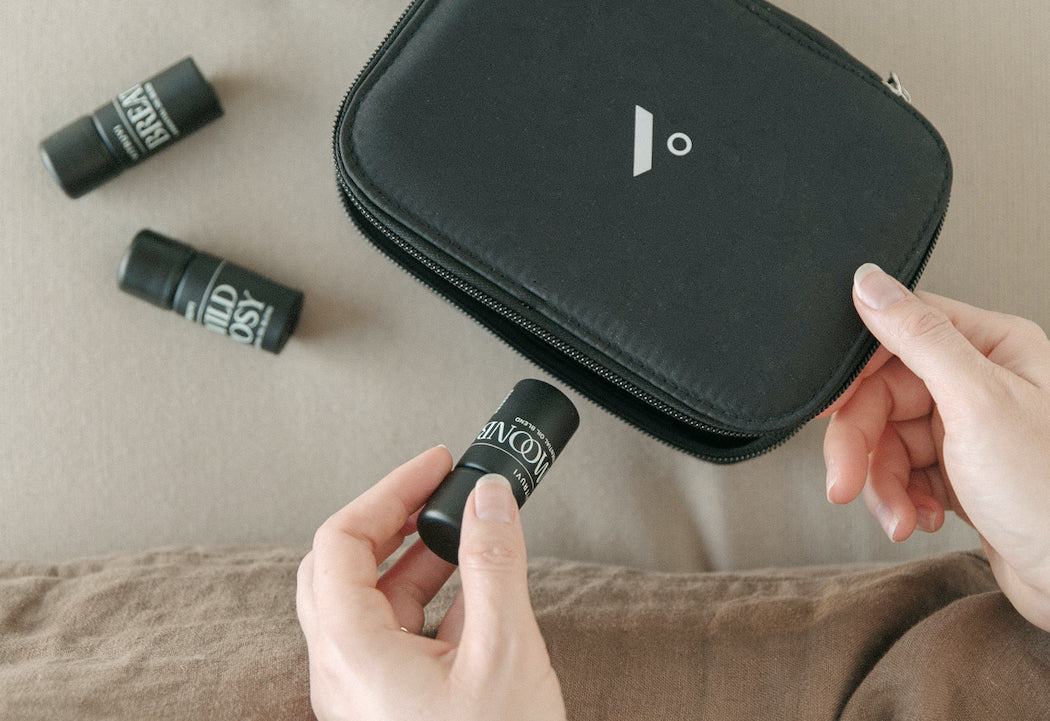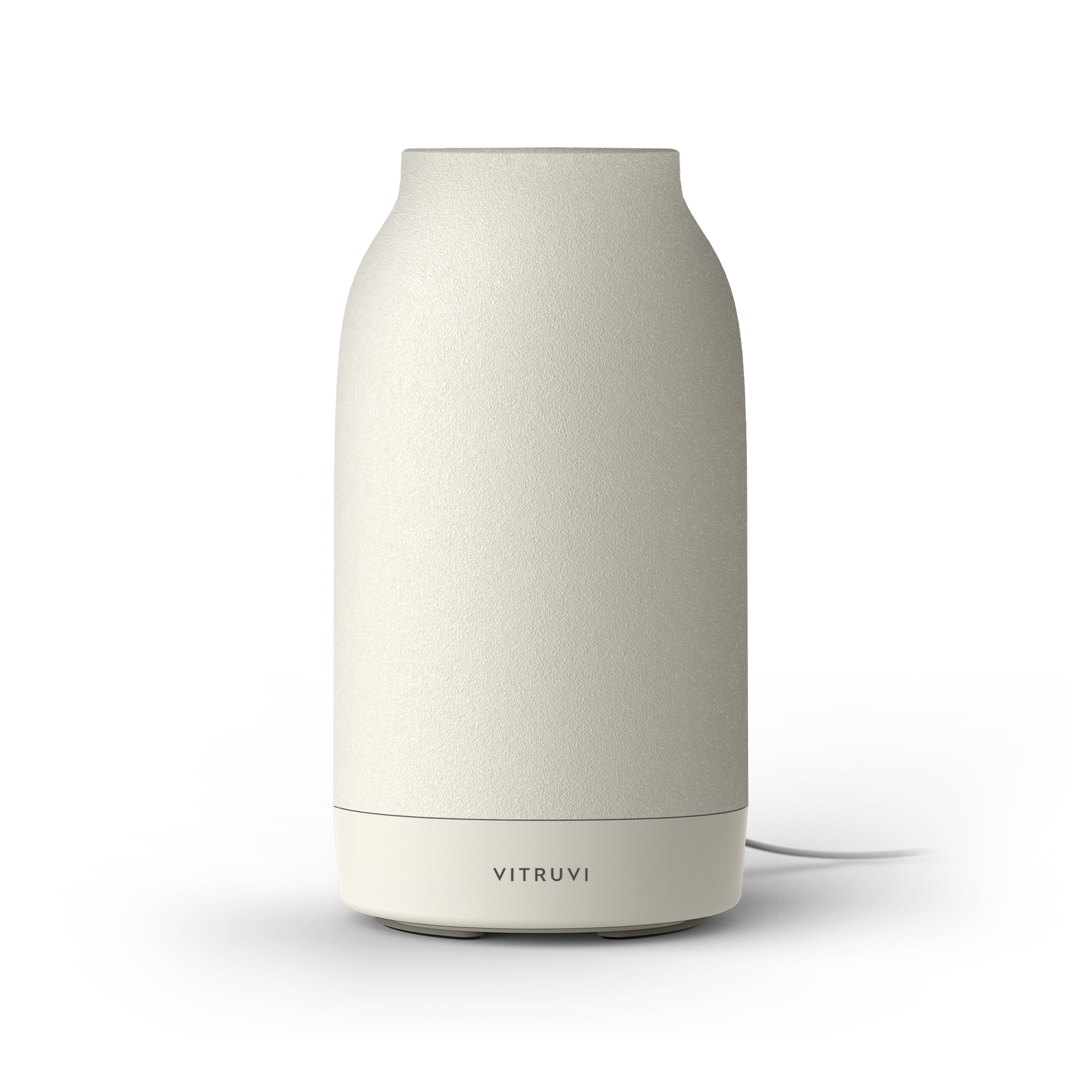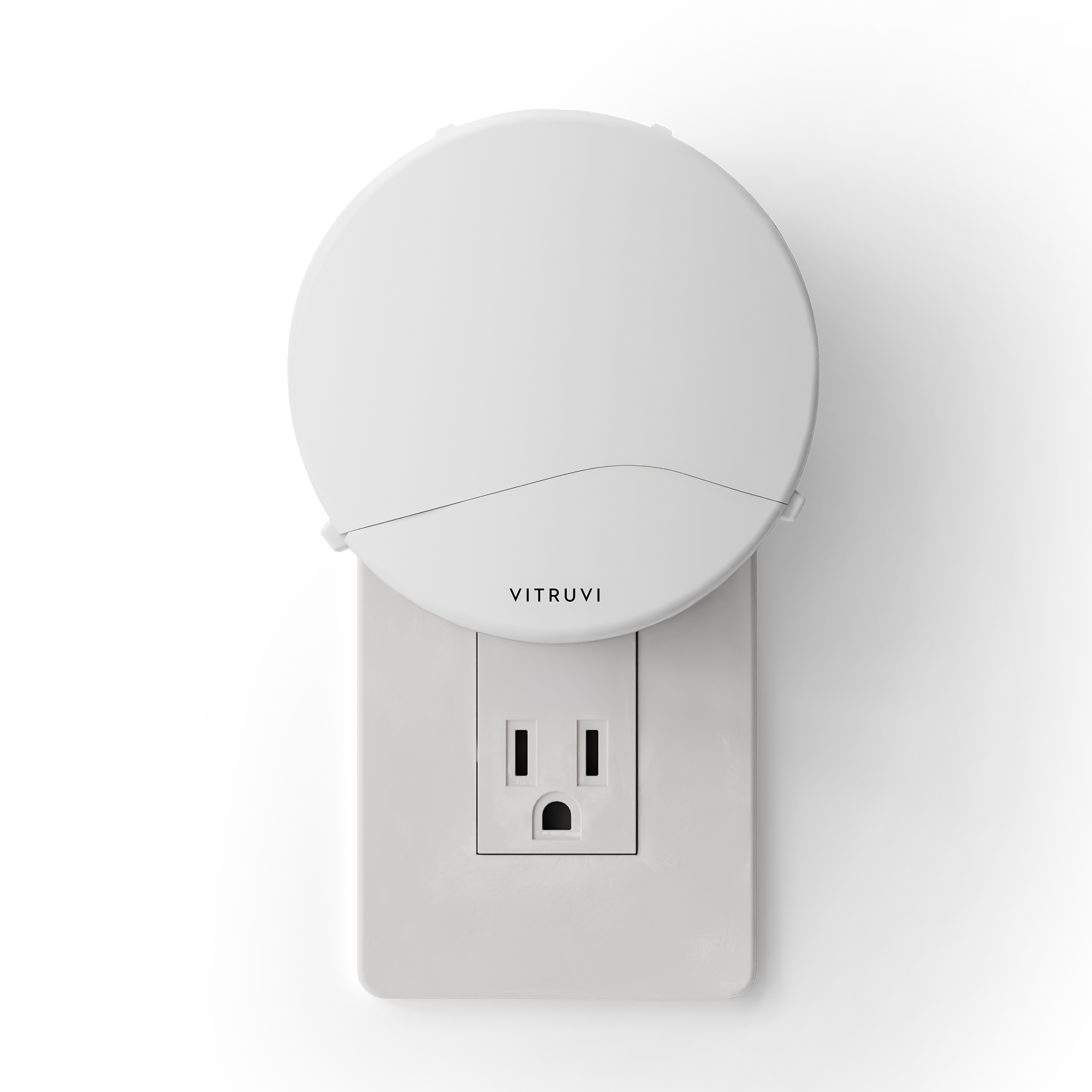Fashion is often portrayed as a glitzy and glamorous industry—but when we dig deeper, there are a lot of dirty secrets that come to the surface.
Currently, the fashion industry is known as a linear economy. This means that we take, make, consume, and discard when it comes to our clothing. We don’t think about how to make things last; we don’t really think about regeneration, and most of us still don’t link our fashion choices to a harmful impact on the environment.
Here’s a quick overview of each of the broken parts of the linear fashion economy:

Materials
At the beginning of a garment’s life, there are a lot of harmful chemicals and an abundance of resources that go into our clothes. For example, polyester is a fabric that uses crude oil and takes centuries to decompose in the landfill, long outliving our time on earth. As another example, 2,700 liters of water are required to grow the cotton for an average t-shirt—that’s 900 days’ worth of drinking water.
Labor
When it comes to the manufacturing of our clothes, there are countless stories of garment workers being treated unfairly. Things such as little to no pay, dangerous working conditions, and harassment are just a few examples of how this unethical treatment can take place.
Consumption
Consumers are now purchasing more than ever to keep up with trends. There is a whole culture built on not wanting to wear something after it’s been seen on Instagram, as well as impulse shopping and using “retail therapy” to console ourselves. None of which is very sustainable (for our planet or our wallets).
End of life
The majority of clothes, once we are done with them, are sent to the landfill, where they take years to decompose.

Sustainable fashion tips
If you’re just starting on your conscious clothing journey, it can be overwhelming; sustainable fashion has a bad reputation for being inaccessible and expensive. However, there are ways to approach mindful fashion that are accessible and will help your wallet. At Recloseted, my sustainable fashion consulting agency, we discuss these things on a regular basis; are some of my favorite tips.
- Buy less. Many people forget that the most eco-friendly thing you can do is simply buy less clothing, which in turn saves you money. Be intentional about each item you bring into your wardrobe and your life. Don’t impulsively-buy new garments or use “retail therapy” to make yourself feel “better.”
- Do a clothing swap. One way you can make fashion more accessible and fun is by hosting or attending clothing swaps (when it’s safe to do so in-person, or virtually in the meantime). A lot of unworn clothing that gets donated unfortunately ends up in our landfills, so a great way to ensure your garments find new, loving homes is to exchange them for things that belong to your friends and family.
- Shop secondhand. When you need new items, hit up your local thrift shops. You can feel good about wearing an item of clothing knowing that you helped divert it from a landfill and that no new materials were used to make it. The bonus with thrifted pieces is that they’re typically cheaper (especially for designer items), and the likelihood of you showing up at an event wearing the same thing as someone else is very slim.
- Stick to your list. Before you go shopping for new clothes, take an inventory of what’s in your closet so you know what you already have—and write down exactly what you’re looking for. Then, as you’re shopping, commit to only buying what you need. Don’t get distracted by items on sale (remember: you save 100 percent when you buy nothing).
- Consider your cost per wear. When you purchase from a sustainable brand, instead of looking at the overall price of a garment, think about its cost per wear. For instance, if you’re shopping for a new wool coat and find one that costs $400, upon first glance that might seem pricey; however, if you know that you’re going to wear this coat for years to come, then your cost per wear will be less than if you had bought its fast-fashion counterpart. On the flip side, if you buy a fast-fashion imitation wool coat for $80, but it’s itchy so you only wear it twice, that’s a $40 cost per wear. Do the math: more often than not, it pays off to invest in quality, conscious pieces.
If you want to educate yourself more about the harmful fashion industry, check out The Recloseted Handbook: Your Sustainable Fashion Guide; it’s your blueprint for supporting the slow fashion movement. And don’t be discouraged: if we all do our individual parts, we can still turn things around. We don’t need 100 people doing sustainability “perfectly”—we need all seven billion people doing it imperfectly. Together, let’s right the fashion industry.












